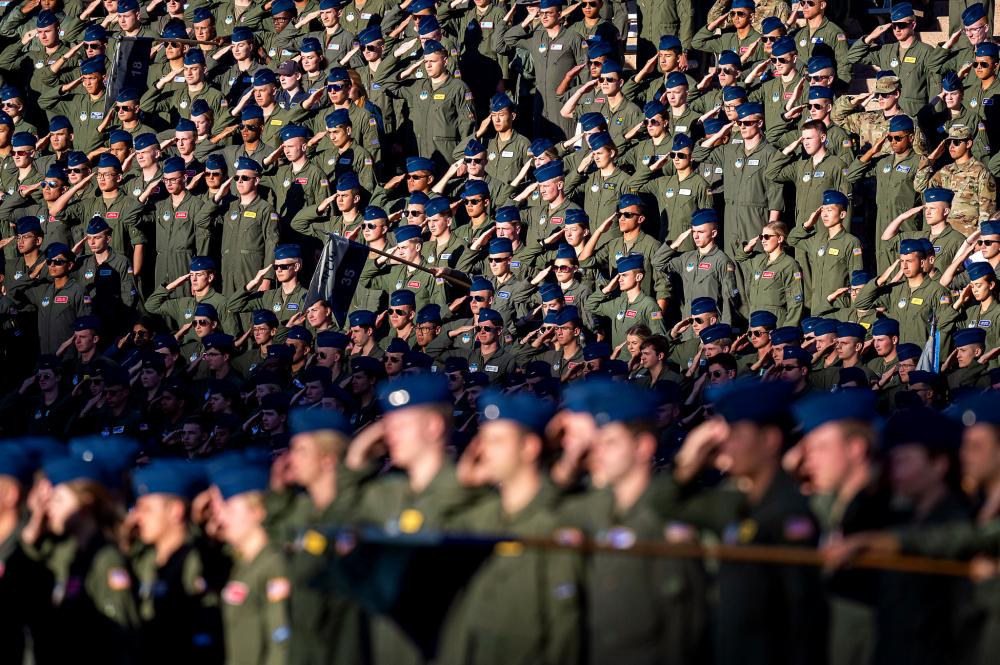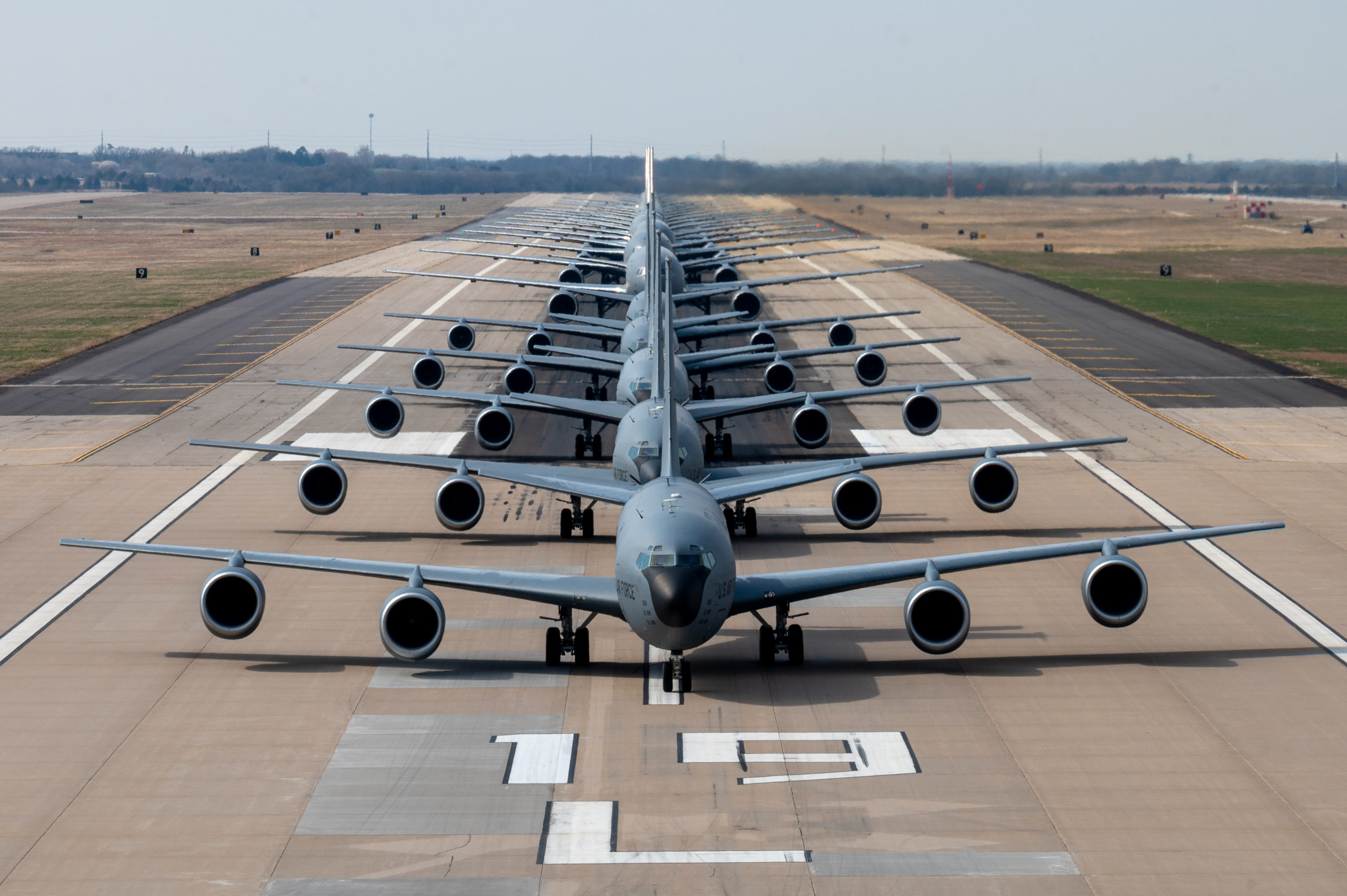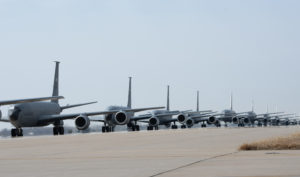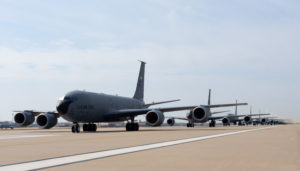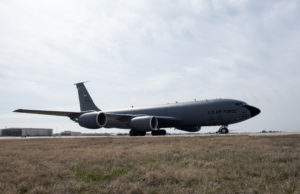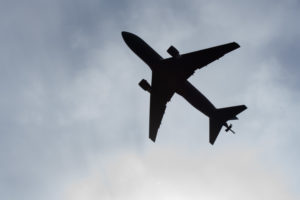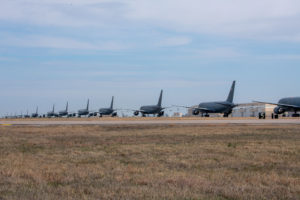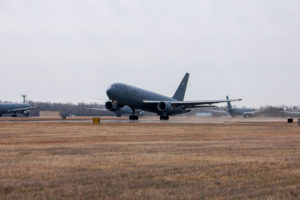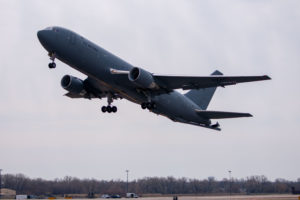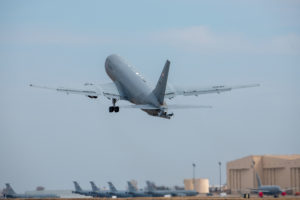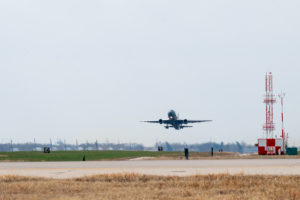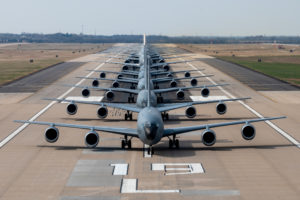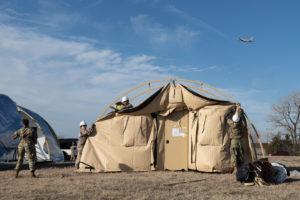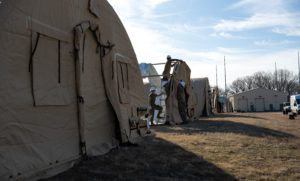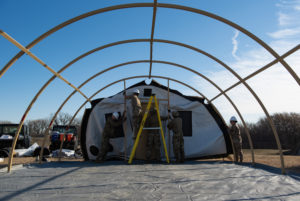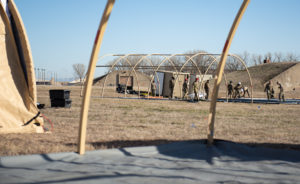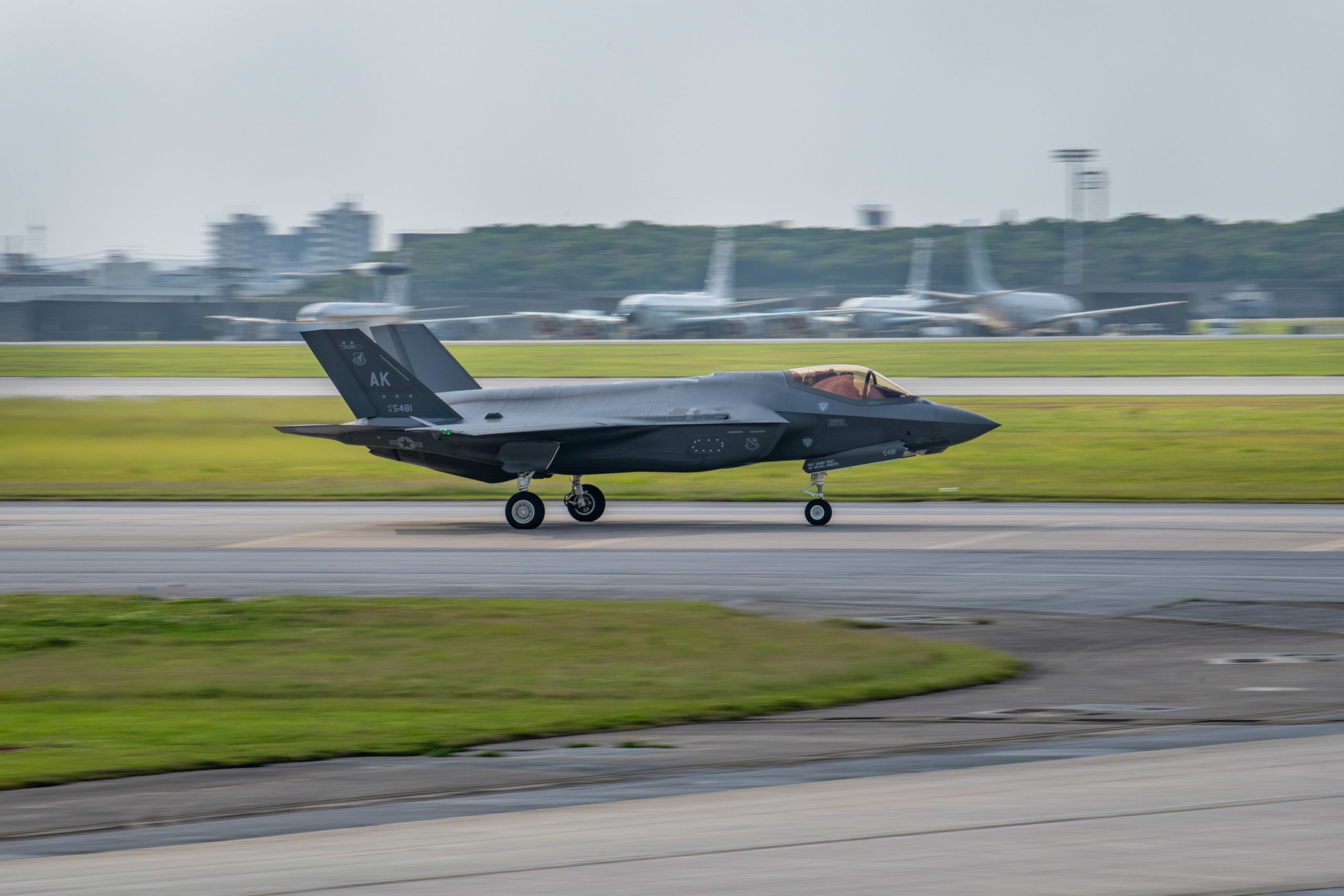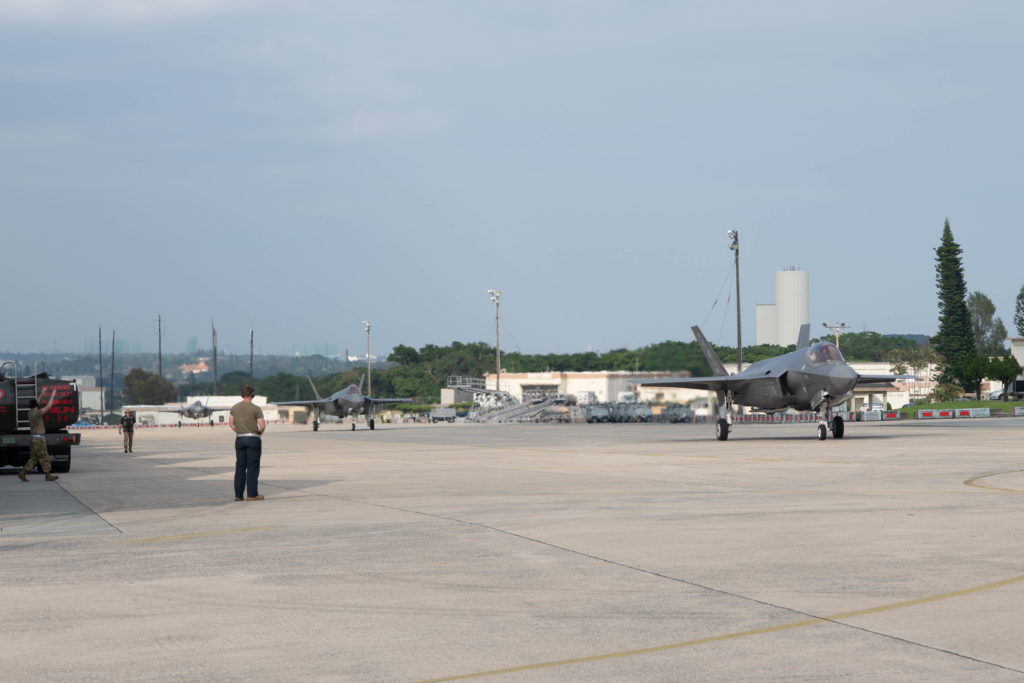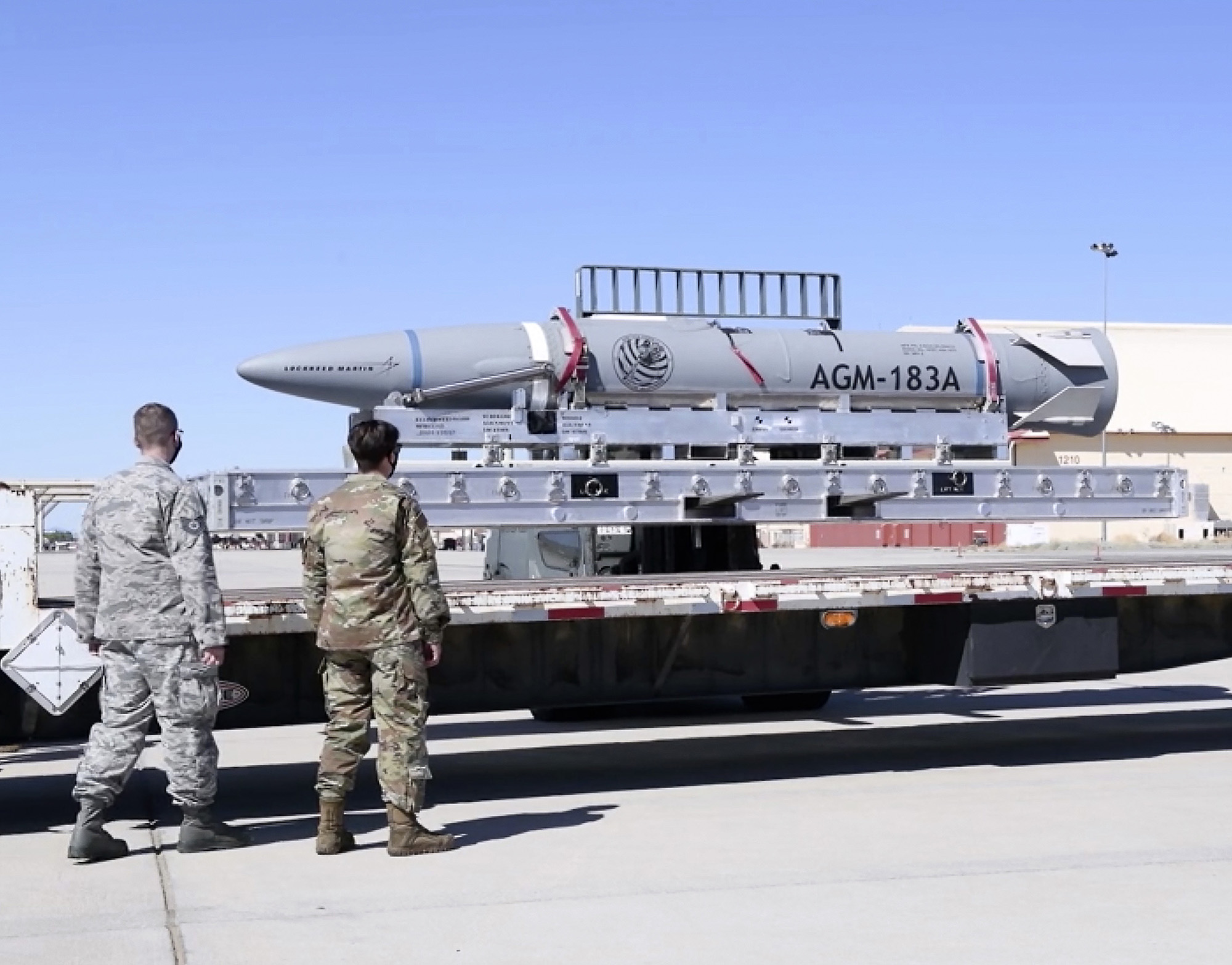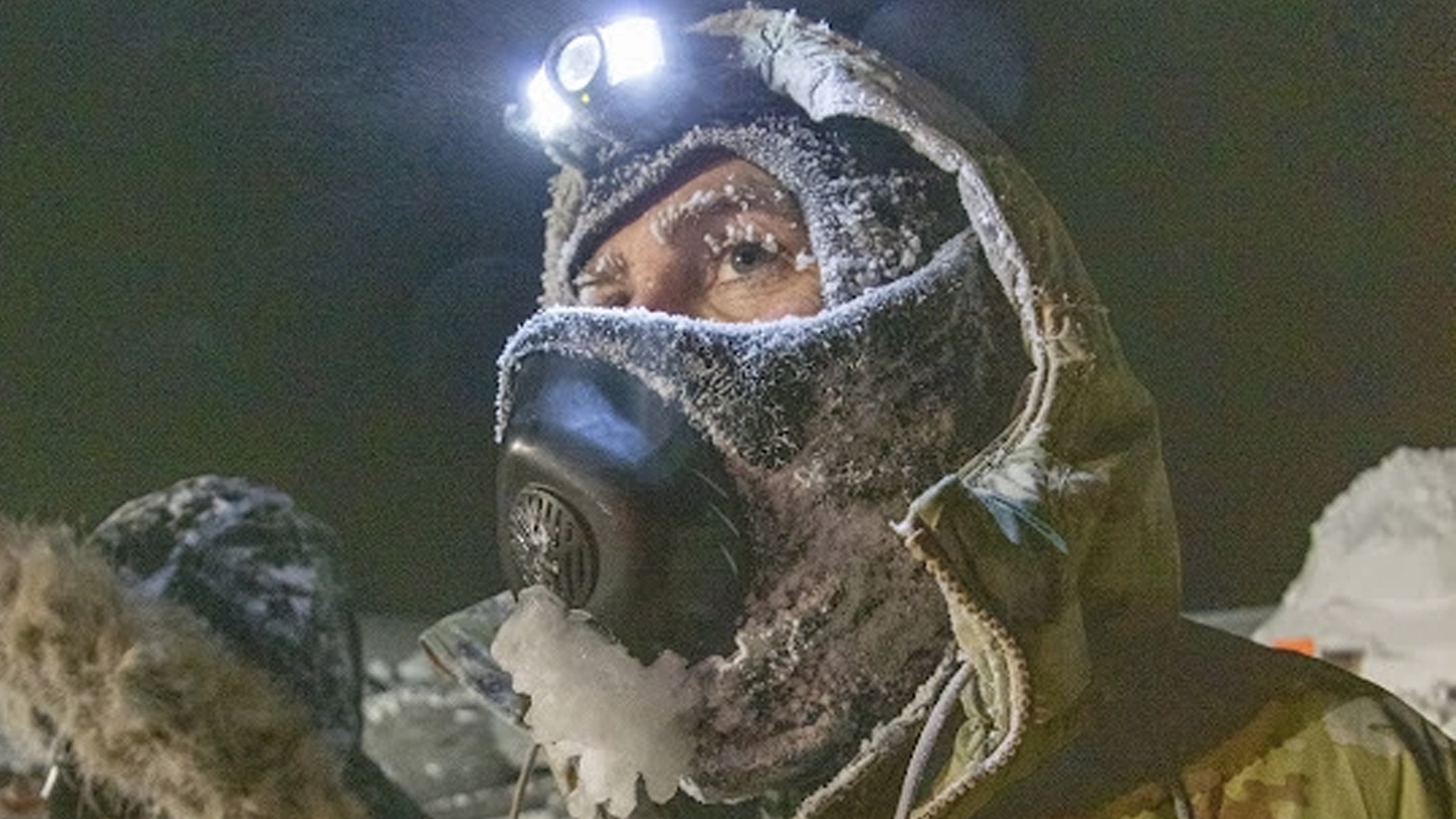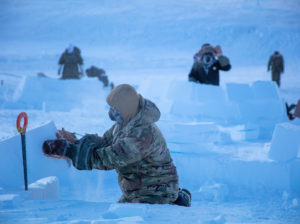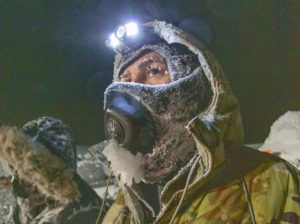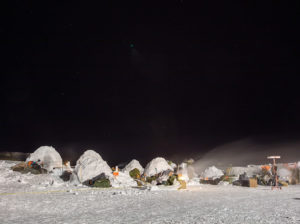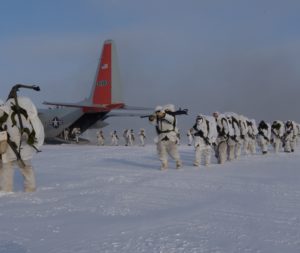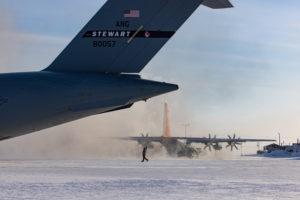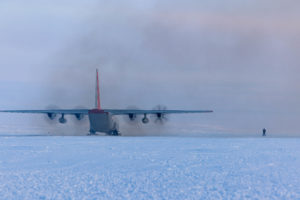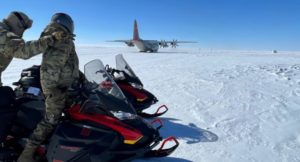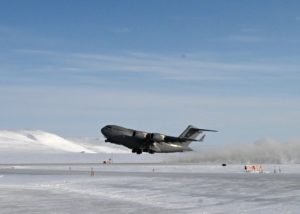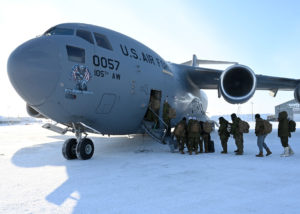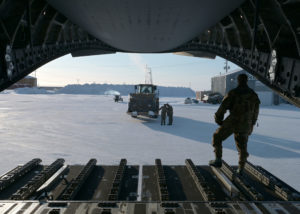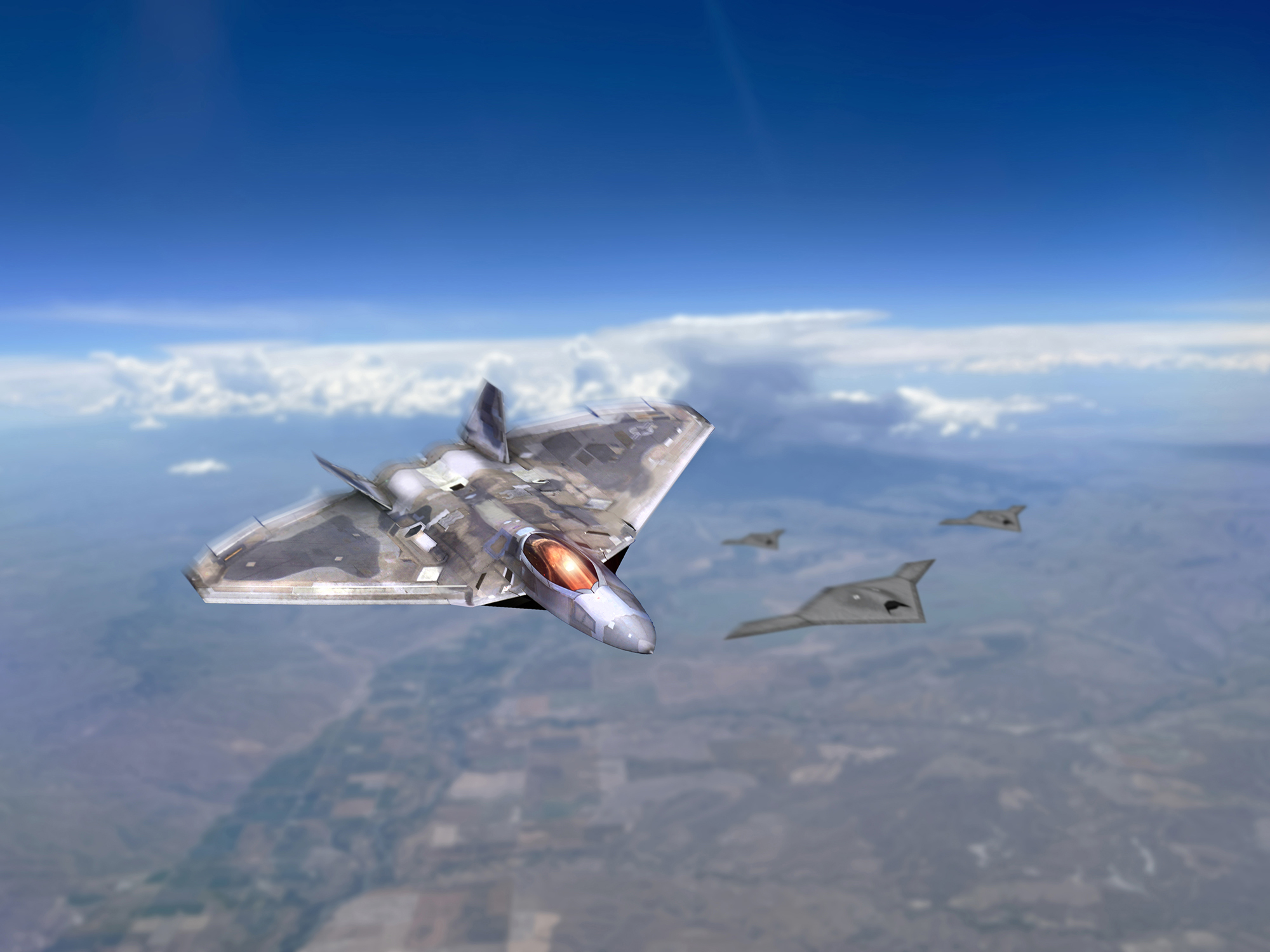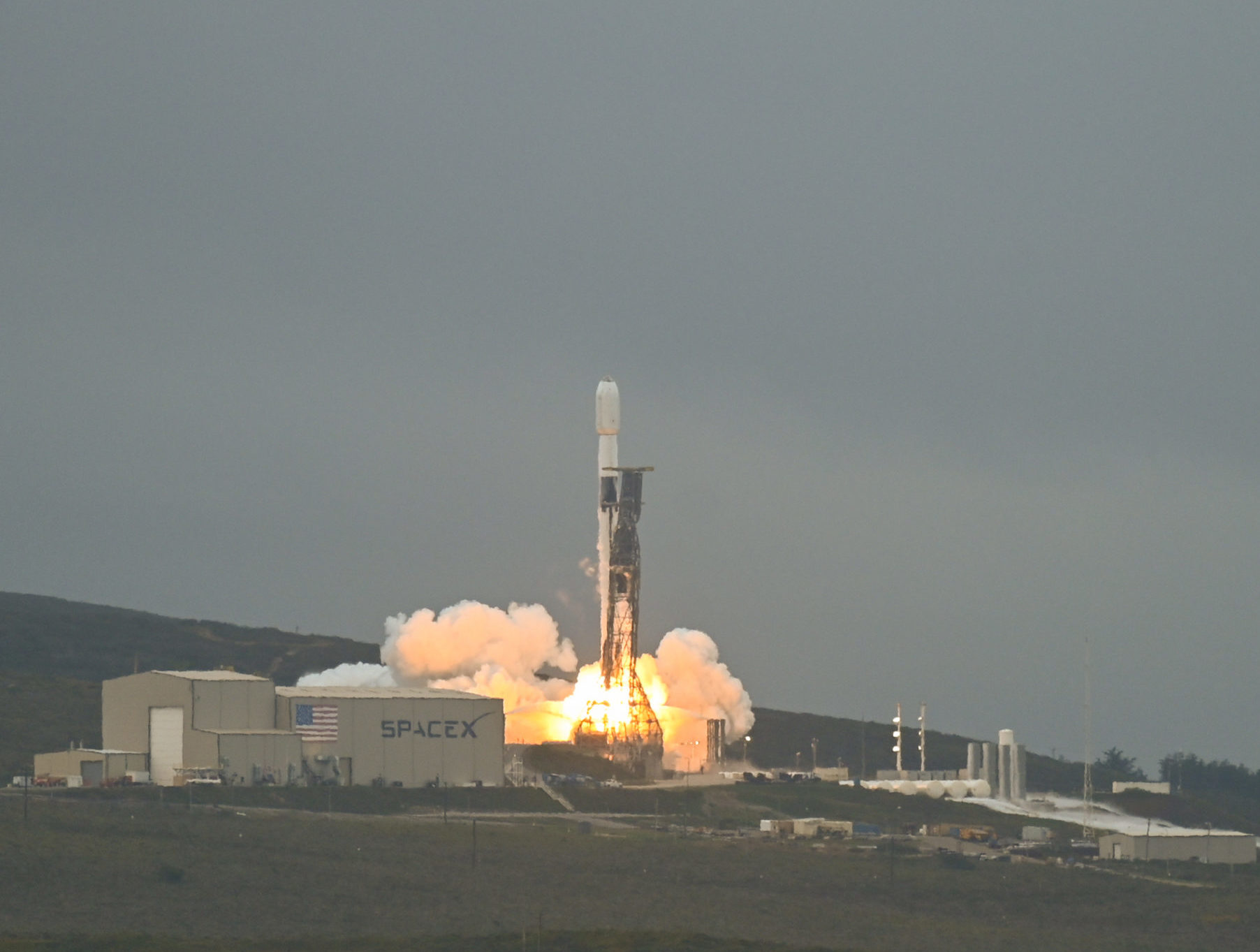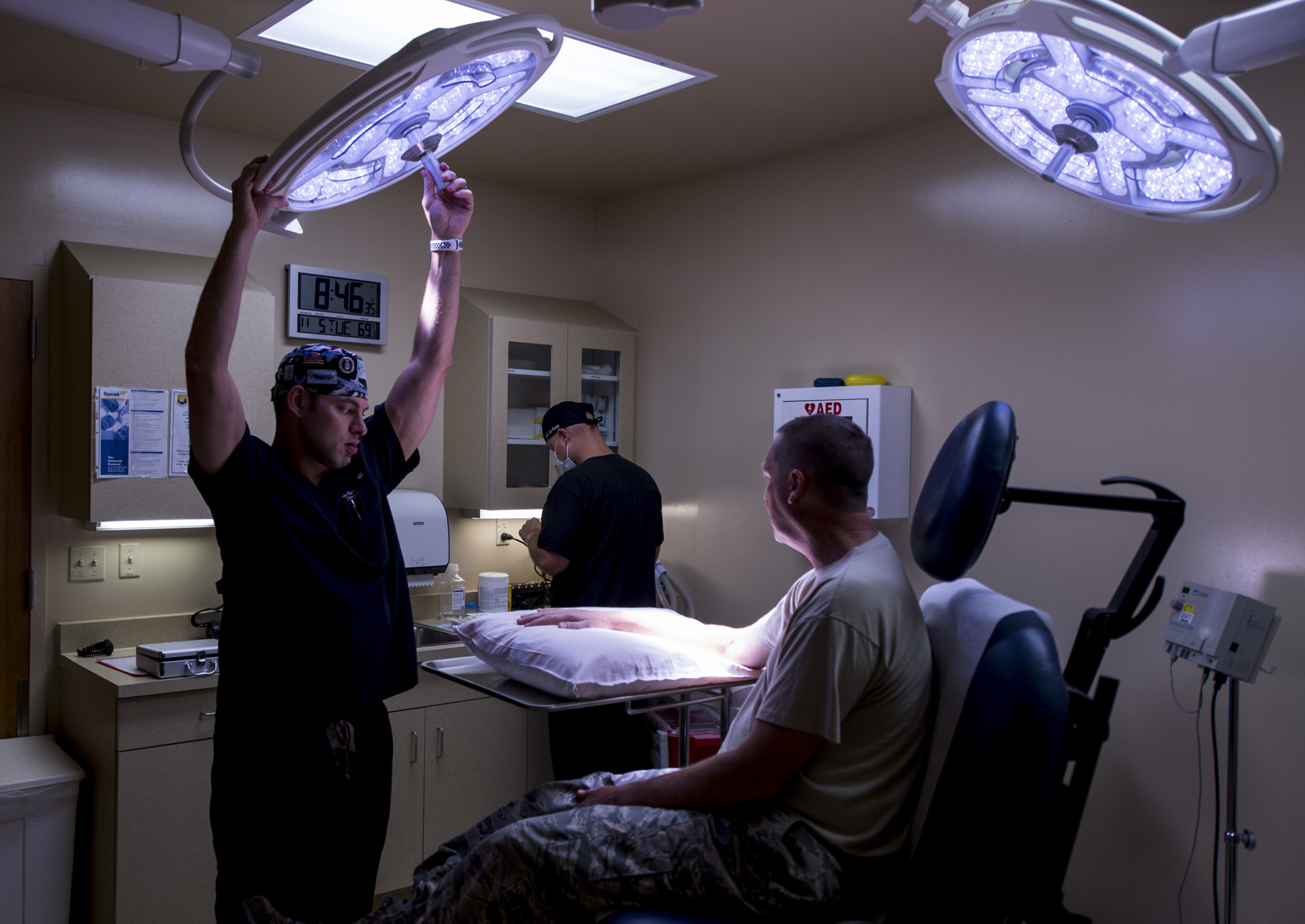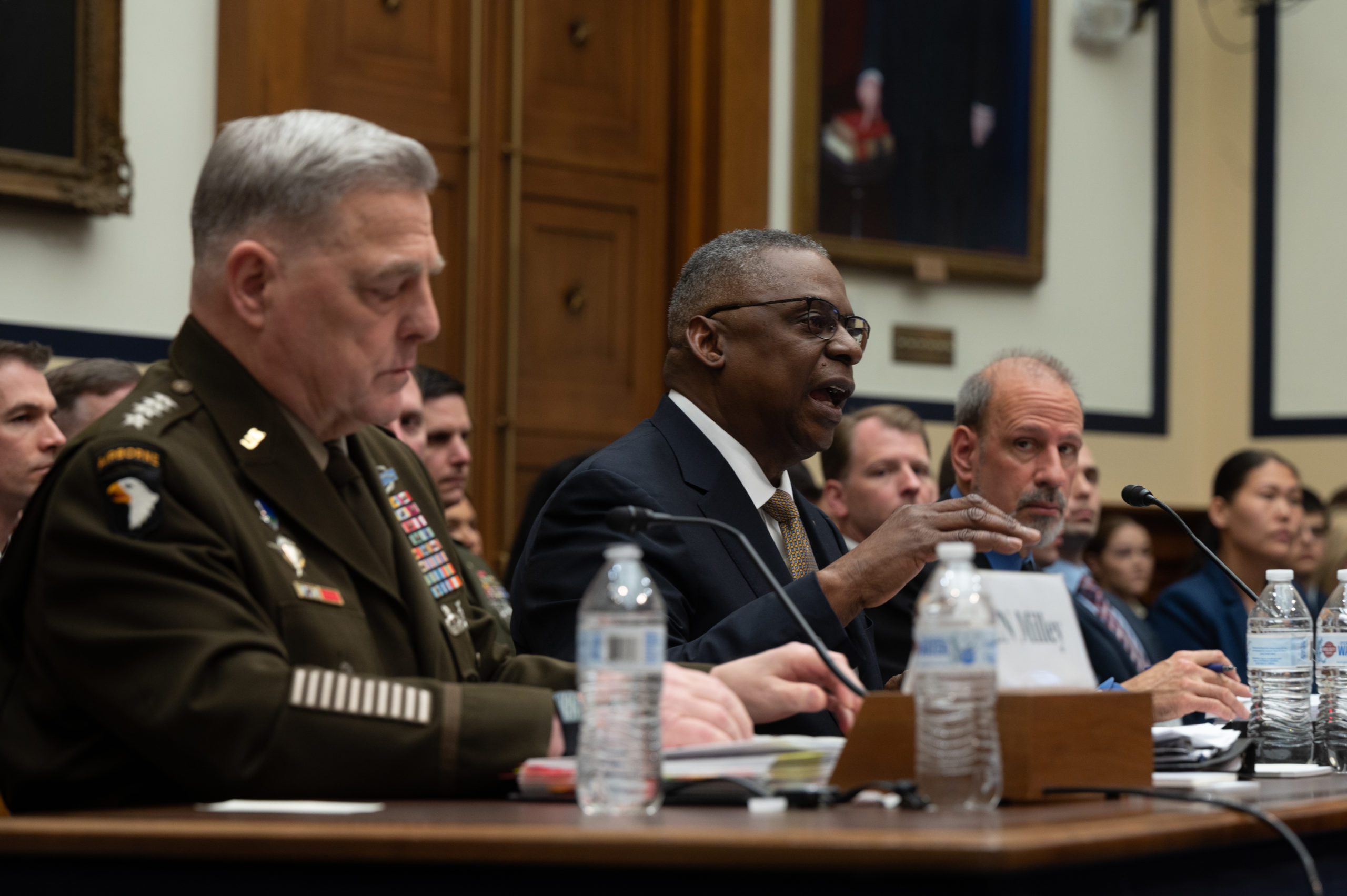Three weeks after a new study revealed rising reports of unwanted sexual contact at the military service academies, an Air Force official said the U.S. Air Force Academy is doubling its sexual assault prevention and response (SAPR) workforce from 12 to 24 employees.
“This increase will improve data-driven prevention, evaluation, and outcomes,” Lt. Gen. Caroline M. Miller, deputy chief of staff for manpower, personnel, and services wrote in a statement delivered to the House Armed Services Committee at a personnel posture hearing March 29.
On March 10, the Department of Defense released its annual report on sexual harassment and violence at the military service academies, showing a steady increase in the total number of incidents of sexual harassment and violence across the academies. In the 2021-22 academic year, there were 206 reports of sexual assault across the academies, a near-sixfold increase over the 35 reported in the 2007-08 academic year.
At the Air Force Academy, the DOD study found that 22.3 percent of women indicated experiencing unwanted sexual contact in the 2021-2022 academic year, compared to 15.4 percent in 2018. Meanwhile, 4.3 percent of Air Force Academy men said they experienced unwanted sexual contact in the 2021-2022 academic year, compared to 1.8 percent in 2018.
The study found a similar trend for sexual harassment. The number of female Air Force Academy cadets who experienced sexual harassment rose from 46 percent in 2018 to 60 percent in 2022, and the percentage for male cadets rose from 13 to 19 percent.
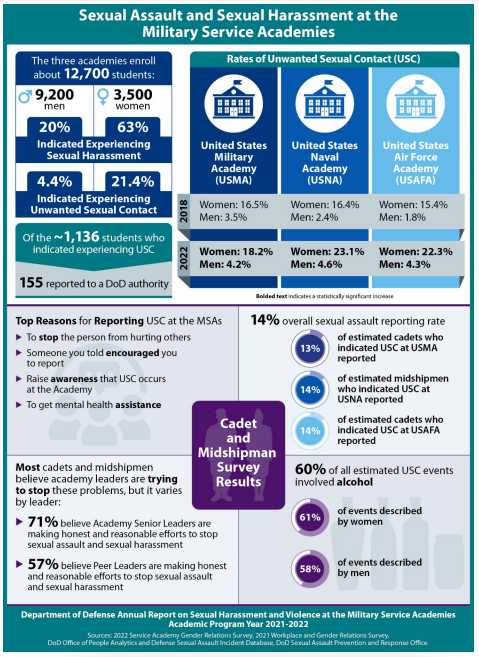
Sexual harassment and assault is also a problem at civilian colleges and universities. A 2019 study by the Association of American Universities of more than 108,000 undergraduate students across 33 schools found that the estimated prevalence rate of nonconsensual sexual contact for female undergraduates was 25.9 percent and 6.8 percent for male undergraduates.
The problem persists at the Air Force Academy despite programs to prevent sexual assault and harassment, which has prompted a comprehensive review of the issue, Miller said.
“Although individual program metrics indicate positive outcomes, holistically our current programs are not driving prevalence down,” Miller wrote in her statement. “An Academy Superintendent-directed review of current programs, leveraging input from cadets, subject-matter experts, alumni, permanent party, and leadership is ongoing.“
Key themes
The Pentagon report on sexual assault and harassment at the service academies identified five main themes:
- Though the number of incidents increased, the characteristics of unwanted sexual contact incidents were consistent: Alleged offenders were usually fellow Cadets and Midshipmen in the same class year as the alleged victim, and offenses usually occurred after duty hours on a weekend or holiday both on and off academy grounds.
- 60 percent of unwanted sexual contact events across the academies involved alcohol use by the victim and/or the alleged offender. Reducing excessive alcohol use should be combined with education in skills such as building healthy relationships for a more effective approach, the report authors recommended.
- Rates of unwanted sexual contact were highest for Cadets and Midshipmen in the second and third years of study, and women who indicated experiencing unwanted sexual contact prior to entering an academy were nearly twice as likely to indicate victimization during the 2021-2022 school year. Men in the same situation were four times more likely to be victimized.
- In 2021, 66 to 74 percent of Cadets and Midshipmen experienced unwanted sexual contact, a higher rate than 95 percent of military units that took climate surveys. Service academy men and women also experienced unwanted sexual contact at slightly higher rates than Active-Duty men and women in the same age group.
- Lesbian, gay, and bisexual Cadets and Midshipmen were “significantly more likely” to experience unwanted sexual contact than their heterosexual counterparts. This tracks with prior studies of the general public and of the Active-Duty military, the report noted. Hispanic women and non-White men were also more at risk for unwanted sexual contact.
The report also found that most Cadets and Midshipmen who indicated unwanted sexual contact never officially reported it. Of the approximately 1,136 who experienced unwanted sexual contact from 2021 to 2022, only 155 reported it to a DOD authority, a reporting rate of about 14 percent at each academy.
The reasons for not reporting allegations included the victim not wanting people to talk or gossip about them; feeling shame or embarrassment; thinking it would take too much time or effort; or because they dealt with it by avoiding the alleged perpetrator and tried to move on, the report said.
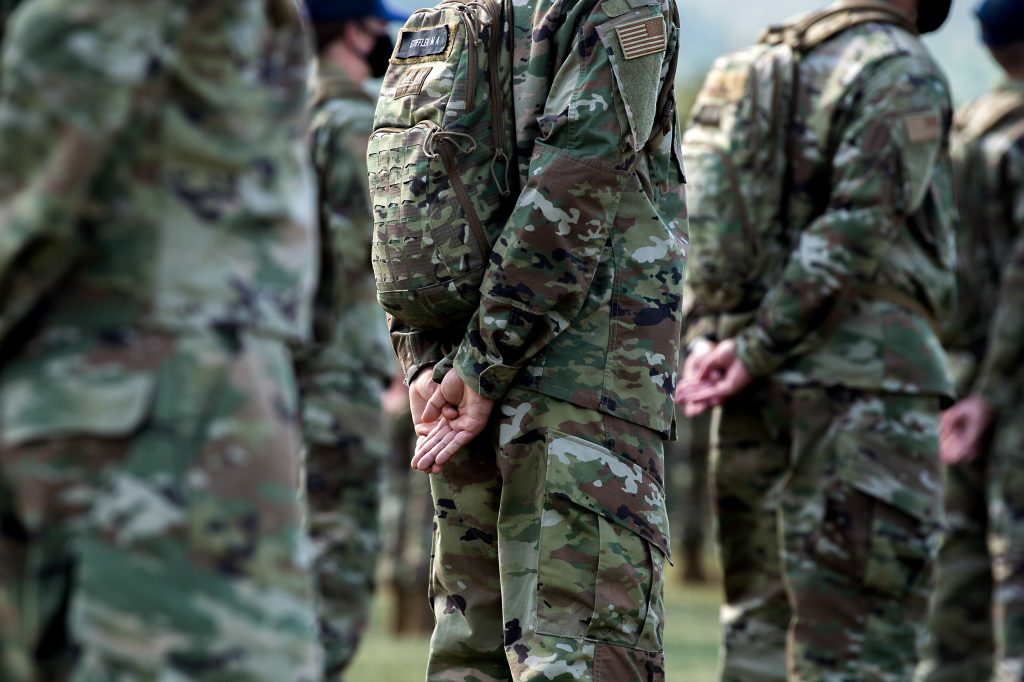
Fixing it
Despite the report’s troubling findings, it found the services had taken foundational steps towards preventing future incidents. These included providing onboarding training to staff and student leaders, better coordinating prevention efforts, and developing comprehensive plans to prevent sexual assault and harassment.
For the 2022-23 academic year, the academies must develop an implementation plan for stronger prevention, along with a plan for providing officers and noncommissioned officers the skills “to act on climate factors impacting Cadet/Midshipman units,” the report wrote.
“We’re in an unacceptable place and we need a culture reset,” Air Force Academy Superintendent Lt. Gen. Richard Clark said in a statement earlier this month. “I look at this as a campaign where there is no silver bullet and it will take a variety of approaches to reach our goal. But the most important thing is a commitment from every one of us to change our culture.”
Beyond better prevention, the Department of Defense also wants service academies to encourage greater reporting of sexual assault so that the academies can help victims recover from the incident and/or pursue accountability. Both the Naval Academy and the Air Force Academy are due to implement a “Return to Health” policy modeled off of the one issued by West Point, which sets down a process to help students recover from a sexual assault and balance their academic goals with that process.
One initiative specific to the Air Force is the Teal Rope program, where Cadets who have been trained in sexual violence prevention and response support survivors and help drive culture change at the academy.
“People like to go to their equals,” Air Force Academy SAPR office manager Sonja Strickland said in a 2019 Air Force article. “It’s that Cadet-to-Cadet piece.”
